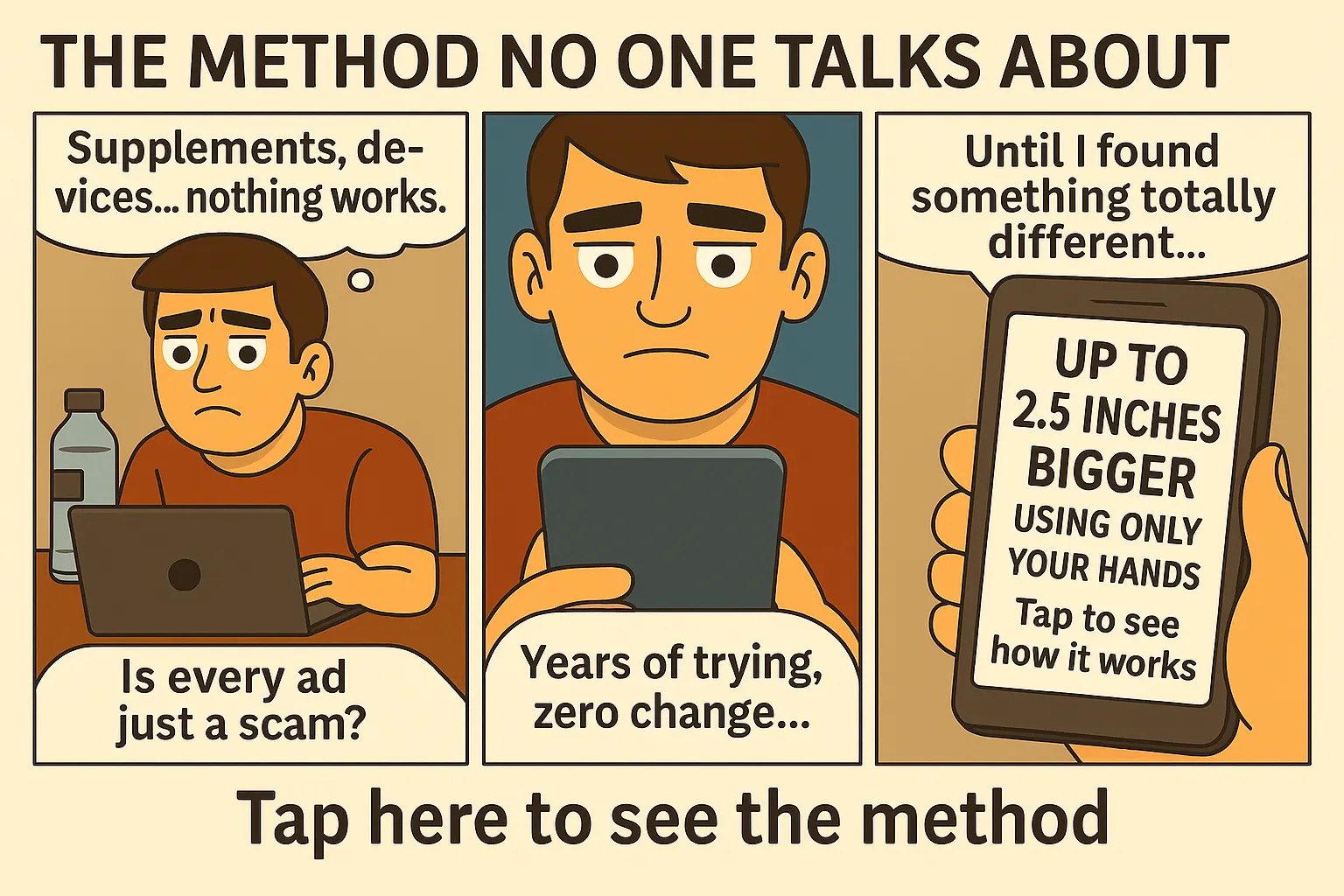💪 Testosterone and Muscle Mass: Who Fuels Who?
Men often ask: does muscle mass affect testosterone levels? The relationship between these two is more than just a gym myth. Testosterone helps build muscle—but can building muscle also boost testosterone? Let’s break it down scientifically and practically.
How Testosterone Supports Muscle Growth
Testosterone is an anabolic hormone—it stimulates muscle protein synthesis, recovery, and the growth of lean mass. That’s why men with higher testosterone levels typically gain muscle faster, recover quicker, and maintain lower body fat.
Does Building Muscle Raise Testosterone?
Yes—especially when the muscle is built through resistance training. Studies show that strength training, particularly compound lifts like squats, deadlifts, and bench presses, trigger short-term spikes in testosterone. Over time, more muscle mass means better insulin sensitivity, lower body fat, and improved hormonal balance.
How Muscle Mass Regulates Hormonal Health
Muscle tissue helps regulate metabolism. It acts like a sink for glucose and improves insulin function, which indirectly supports testosterone production. More muscle also reduces inflammation—a major testosterone suppressor.
Training Frequency and Hormonal Impact
Optimal training frequency for testosterone stimulation is 3–4 times per week. Overtraining, however, can lead to elevated cortisol, which kills testosterone. That’s why rest and recovery are just as important as lifting heavy.
Why Fat Mass Lowers Testosterone
Unlike muscle, excess fat—especially visceral fat—converts testosterone into estrogen via the aromatase enzyme. This hormonal imbalance leads to gynecomastia, reduced libido, and weaker erections. Learn more in our article on what causes low testosterone in young men.
Testosterone-Friendly Training Tips
- Prioritize compound lifts over isolation exercises
- Train with intensity but avoid burnout—quality over volume
- Allow 48 hours for muscle group recovery
- Include some form of HIIT for vascular health
- Sleep at least 7–9 hours to allow hormone regeneration
Nutrition to Support Muscle and Testosterone
Building mass without the right fuel is a waste. Include these nutrients in your diet:
- Zinc: Found in beef, oysters, and pumpkin seeds—vital for testosterone synthesis
- Magnesium: Boosts free testosterone, found in leafy greens and dark chocolate
- Healthy fats: From avocados, olive oil, and eggs—critical for hormone production
- Protein: Supports muscle repair and anabolic processes
The Role of Body Composition
It’s not just about size—it’s about ratio. Men with more lean muscle and less fat have significantly better hormonal profiles. Aim for 10–15% body fat to optimize testosterone and performance.
Can Losing Muscle Lower Testosterone?
Yes. Muscle loss, especially due to aging, drastically reduces testosterone. That’s why resistance training is essential beyond aesthetics—it’s hormonal insurance for long-term male health.
Want to optimize your muscle-building efforts and naturally elevate your testosterone? Start the full transformation here with science-based techniques trusted by real men.
Also Read
- How to train for better erections
- Does semen retention increase testosterone
- Can caffeine improve sexual performance?
Scientific Evidence Supporting the Link
Several studies confirm the positive feedback loop between muscle and testosterone. For example, a study published in the Journal of Applied Physiology showed that resistance training increases testosterone acutely—and men who trained regularly had higher baseline levels over time.
Another study in Aging Male found that men over 40 who engaged in consistent weightlifting had testosterone levels 15–20% higher than sedentary peers. The hormonal edge is real, and it’s earned in the gym.
Muscle Quality vs. Quantity
It’s not just about size. Muscle quality—defined by strength, endurance, and function—has a stronger impact on hormonal balance than just bulk. Functional muscle that’s trained consistently has a greater metabolic and endocrine benefit.
How Muscle Affects Libido and Erection Strength
Men with more muscle tend to have better sexual performance. This isn’t just about looks—it’s biological. More muscle means better blood flow, improved nitric oxide function, and higher testosterone, all of which fuel libido and erection quality. See our guide on how to train for better erections.
Fatigue, Overtraining, and Testosterone Crash
While training is vital, overtraining is hormonal sabotage. Chronic fatigue, poor sleep, mood swings, and plateaued performance are signs your body is breaking down faster than it recovers. Elevated cortisol not only suppresses testosterone but promotes fat storage—especially around the belly.
Hormonal Benefits by Age Group
- 20s: Muscle gains are fastest, and testosterone surges naturally. Strength training maximizes this window.
- 30s: Natural decline begins; lifting becomes a tool to preserve masculinity and fertility.
- 40s+: Training reverses age-related decline, improves vitality, and preserves libido.
Cardio vs. Strength Training for Testosterone
While cardio supports heart health, excessive long-distance cardio can blunt testosterone. In contrast, strength training (especially legs) triggers powerful anabolic responses. A balanced routine with 80% strength and 20% HIIT works best for hormonal health.
Real Men. Real Results.
- Daniel (29): Gained 12 lbs of lean muscle in 8 months and doubled his testosterone levels from 380 to 760 ng/dL naturally.
- Marcus (41): Switched from running to lifting and noticed major improvements in mood, energy, and morning wood.
- Tony (35): Dropped from 23% to 12% body fat and went from borderline low T to optimal levels without TRT.
The Optimal Weekly Training Plan for Testosterone
Here’s a simple week plan to help you build muscle and boost testosterone:
- Monday: Squats, lunges, leg press (compound lower-body)
- Tuesday: Bench press, overhead press, dips
- Wednesday: Rest or light mobility/yoga
- Thursday: Deadlifts, pull-ups, rows
- Friday: HIIT sprints or circuit training
- Weekend: One full rest day, one optional cardio/stretch
This schedule balances intensity, recovery, and hormonal stimulation.
Common Mistakes That Kill Testosterone Gains
- Training 6–7 days without proper recovery
- Skipping leg day (legs = hormonal goldmine)
- Using only machines instead of free weights
- Eating low-fat diets—testosterone needs cholesterol
- Sleeping less than 6 hours per night
Final Thoughts
So, does muscle mass affect testosterone levels? Absolutely. It’s a powerful, natural amplifier for your hormones, energy, and performance. Strength training isn’t just for aesthetics—it’s biological optimization for men.
Ready to take control of your body, hormones, and sex drive? Get started with the complete strategy here and start building muscle that fuels your masculinity from the inside out.
Quick Wins for Testosterone and Muscle Gains
- Train fasted 1–2x/week for growth hormone synergy
- Use compound lifts as the base of every session
- Consume 25–30g of protein within 30 minutes post-workout
- Take zinc and magnesium before bed
- Track progress monthly—not weekly—to avoid frustration
Consistency is king. Even modest gains in muscle over time can translate to major hormonal benefits.
📈 Muscle vs Fat: Hormonal Impact Comparison
| Aspect | High Muscle Mass | High Fat Mass |
|---|---|---|
| Testosterone | Increased | Decreased (due to aromatase) |
| Insulin Sensitivity | Improved | Worsened |
| Energy | Stable, strong | Low, sluggish |
| Sexual Function | Optimal | Compromised |
| Inflammation | Low | High |
FAQs: Muscle and Testosterone 🧠
Can lifting weights really raise my testosterone?
Yes. Especially heavy, compound lifts like squats and deadlifts. They trigger an acute testosterone surge and improve baseline levels over time.
How much muscle do I need to affect my hormones?
You don’t need to be a bodybuilder. A consistent strength routine with 3–4 weekly sessions and moderate muscle gain can shift your hormonal profile significantly.










